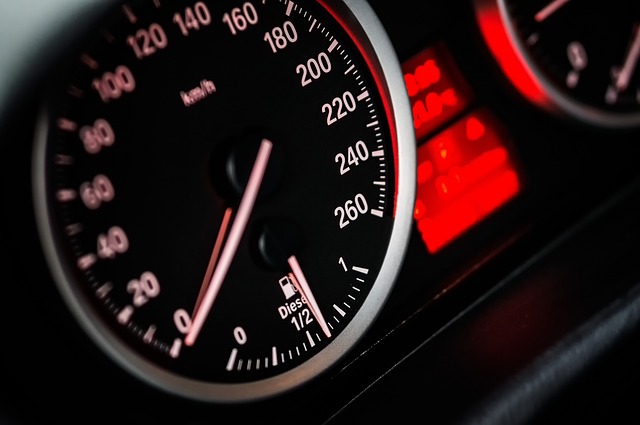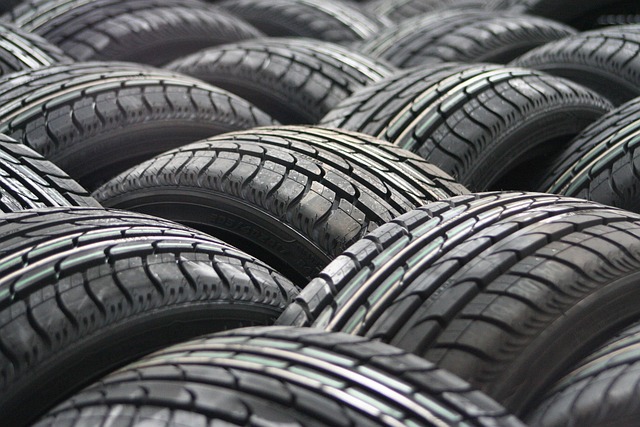Looking to register your car in California? This comprehensive guide walks you through the process, ensuring a smooth experience. From understanding essential requirements to gathering all necessary documents, this article covers it all. Learn how to verify your vehicle’s VIN and complete the registration application efficiently. Discover the benefits of online services or visiting your local DMV. Get ready to hit the road with your newly registered California vehicle!
- Understand California Car Registration Requirements
- Gather Necessary Documents for Registration
- Visit Your Local DMV Office or Use Online Services
- Complete Application and Provide Vehicle Information
- Verify VIN and Pay Registration Fees
Understand California Car Registration Requirements

Before diving into the registration process, it’s crucial to understand California’s car registration requirements. The state Department of Motor Vehicles (DMV) oversees vehicle registration and ensures all cars on the road meet safety standards. One key component is verifying the Vehicle Identification Number (VIN). This unique 17-character code acts as a fingerprint for your vehicle, ensuring authenticity and facilitating accurate record-keeping. A reliable VIN verifier, often offered by the DMV or third-party providers, checks this number against national databases to confirm the car’s history, ownership, and any outstanding issues.
In California, registering your car involves providing necessary documentation, passing emissions tests (where applicable), and paying associated fees. You can opt for traditional in-person visits to a DMV field office or leverage modern convenience with online services. If you prefer a mobile vin inspection, many reputable companies now offer on-site or mobile vin verification services using state-of-the-art technology, making the process even more accessible and efficient.
Gather Necessary Documents for Registration

Before you start the registration process, make sure you have all the essential documents ready. The California Department of Motor Vehicles (DMV) requires a range of information to verify ownership and complete the car registration. Key among these is the Vehicle Identification Number (VIN), which can be quickly verified using a DMV VIN verifier or even a mobile vin verifier app for convenience.
Additionally, you’ll need proof of insurance, a completed title transfer form (if applicable), and current vehicle registration from your previous state (if moving into California). A valid driver’s license is also mandatory. For out-of-state registrations, you might require additional documents such as an emissions test or a bill of sale to prove ownership. Always check the DMV’s official website for the most up-to-date list of requirements, especially if your vehicle is considered a classic or has unique circumstances.
Visit Your Local DMV Office or Use Online Services

Visit your local DMV office or take advantage of online services to initiate the registration process for your car in California. The Department of Motor Vehicles (DMV) offers multiple options for registering a vehicle, ensuring convenience and efficiency. One of the initial steps is typically providing proof of ownership, which can be done through a title document or a valid registration from another state. Additionally, you’ll need to present your vehicle’s unique identifier—the Vehicle Identification Number (VIN). Utilize the DMV’s VIN verifier for this purpose; it enables you to confirm the vehicle’s history and specifications, streamlining the registration experience.
If you prefer remote options, consider online registration or mobile vin verification services. These services allow you to submit the necessary documentation digitally, including your VIN inspection results, if required. By choosing either the local DMV or online platforms, you can easily register your car in California while ensuring all vehicle information is accurately verified.
Complete Application and Provide Vehicle Information

To register your car in California, the first step is to complete the Application for Title and Registration (Form DV304). This form requires detailed information about your vehicle, including its make, model, year, and unique Vehicle Identification Number (VIN). It’s crucial to ensure this information is accurate, as it will be cross-referenced with data from the California Department of Motor Vehicles (DMV) and a VIN verifier like dmv vin scanner.
Additionally, you’ll need to provide proof of insurance and pay the registration fees. You can do this at a DMV field office or, if eligible, online. If you’re using a mobile VIN verifier for inspection, ensure it’s a reputable service that provides accurate results. This step helps in verifying the vehicle’s history and ensures you meet all legal requirements before hitting the California roads.
Verify VIN and Pay Registration Fees

Before submitting your registration, it’s crucial to verify your vehicle’s VIN (Vehicle Identification Number) using a reliable source like a DMV VIN verifier or even a mobile vin verifier app. This step ensures accuracy and prevents potential issues down the line. Many online services offer quick and easy mobile vin verification, allowing you to check vital details about your car’s history.
Once you’ve confirmed the VIN and ensured there are no discrepancies, the next step is to pay the registration fees. The California DMV provides information on these fees, which vary based on vehicle type and age. Make sure to have your payment method ready for a smooth registration process.
Registering a car in California is a straightforward process, but understanding the requirements and gathering the necessary documents are key. By visiting your local DMV office or utilizing online services, you can efficiently complete the application and provide essential vehicle information. Don’t forget to verify your Vehicle Identification Number (VIN) using a trusted dmv vin verifier to ensure accuracy, and pay the required registration fees. With these simple steps, you’ll have your California car registered in no time.
